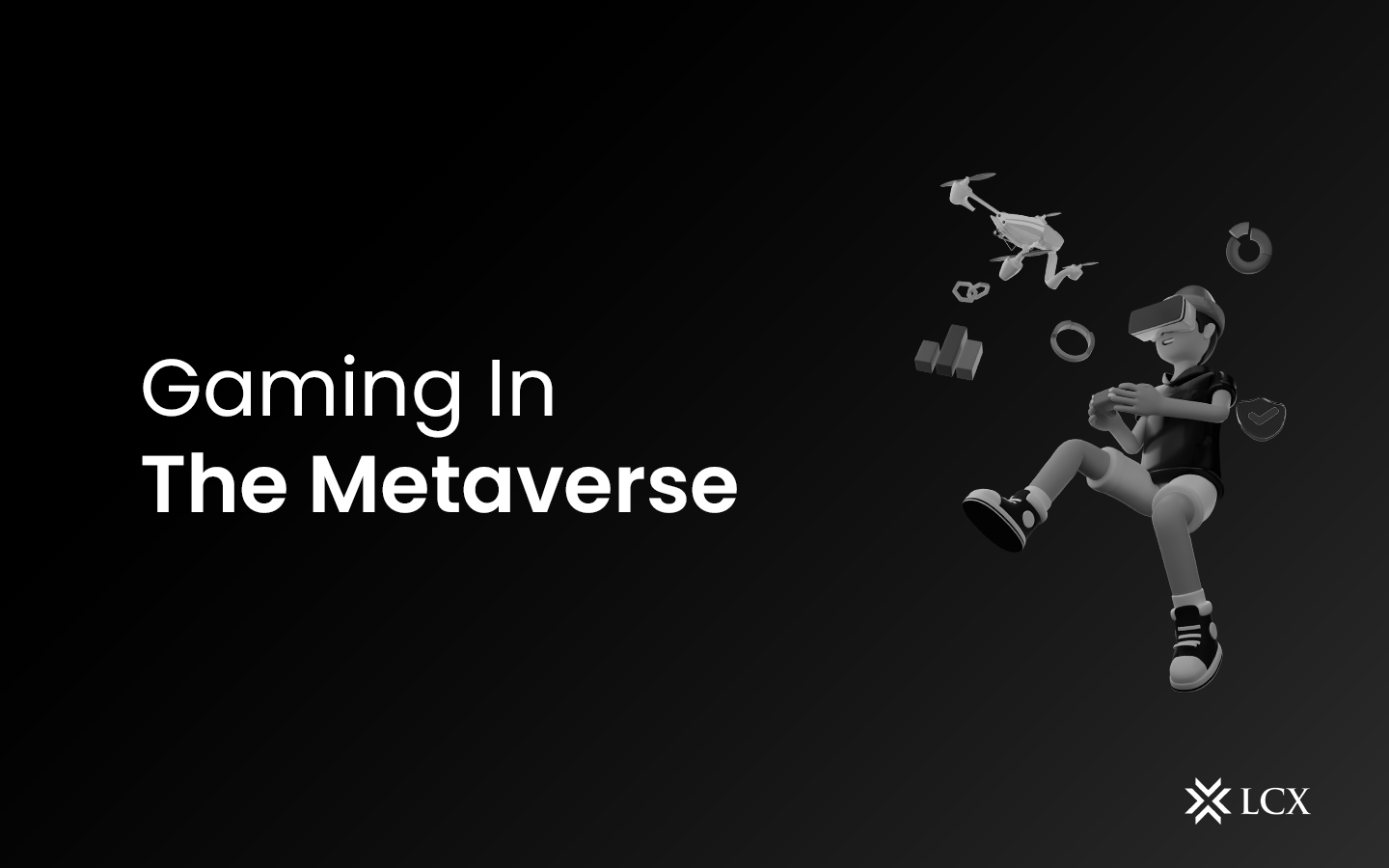Not very long ago, the gameplay was simple and linear. A player would spend money on a game and a console, then follow a rigorous storyline with very little representation or input from the player. Since there were no exchangeable assets or qualities in the game, once the player became exhausted or completed the game, the money, time and effort they invested became obsolete.
Then the second generation of gameplay dropped significant advancements. Players could play games on multiple devices, save their progress, pick up where they left off, as well as invest money by purchasing in-app assets to improve their gaming experience. The issue remained that players could transfer their progress through one game to another.
The Web3 gaming proposition is one in which the players’ money, time and effort are not just saved and reused, but also rewarded. Purchasing a skin or weapon, and even constructing a character or storyline, is not lost when the game ends. All of these can be transferred to other games, giving the players unprecedented control.
Shift in the Gaming Paradigm
Consider the metaverse to be a parallel, digital world to our own. Log in to purchase property, go to work, build a house, sleep, exercise, socialize, and form communities. When you put video games in these parameters, you can see how it changes as an idea. Gamers are no longer a specialized group and games no longer exist in their own shadowy corner of the internet.
Players are now expected to navigate games in the same way they do in real life. There are consequences, actions, reactions, as well as purchasing and investing power. The gameplay is no longer constant, but it deviates depending on a variety of factors. Let’s take a look at a few of the most significant factors that influence how games are played.
NFTs In Gaming
In the crypto world, NFT is probably the most commonly used acronym. It is also a major contributor to gameplay evolution.
Non-fungible tokens demonstrate that a player’s asset is unique. It establishes ownership while also creating scarcity. Aside from escapism and pure enjoyment, participants can now make their assets worth something and share or sell them in online marketplaces to generate income.
Improved Gaming Experience
“Immersive” is among the most frequently used game adjectives. The ability of a game to pull you in and distract you from thinking about your routine, place, and time, and make you feel as if you’re a part of that universe. The metaverse effectively transforms playing video games into an augmentation of life. Game characters are represented by avatars, which are virtual representations of a player’s true identity.
Games are not a diversion from life anymore, but rather an integral part of it. Pleasure can be derived not only from completing a mission or achieving a milestone, but also from winning monetary rewards. Players get to interact in a three-dimensional environment with the elements around them, rather than a two-dimensional screen.
Conclusion
Metaverse is highly responsible for bringing a new revolution in the gaming industry. Taking it from 2D to 3D and providing real life experience, along with giving the participants a chance to earn from these games is beyond what was initially thought of gaming as an entertainment industry.









